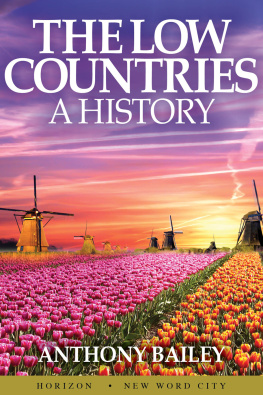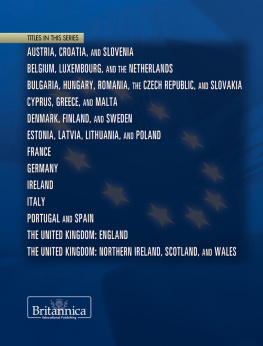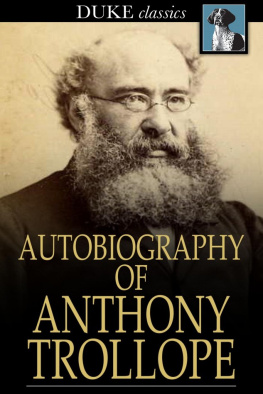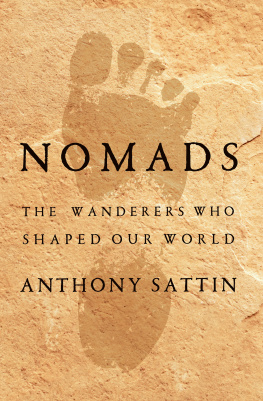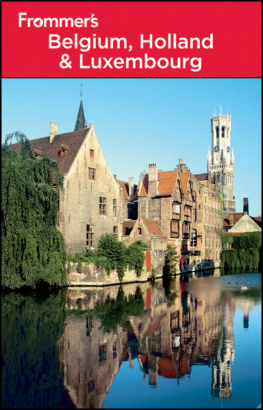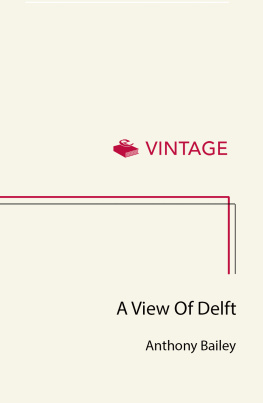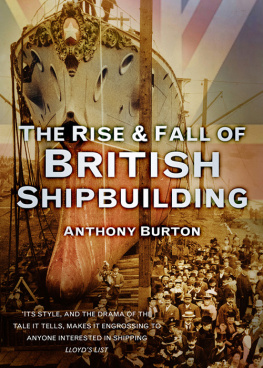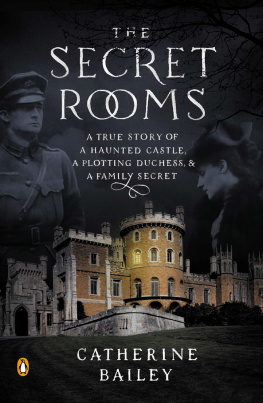Anthony Bailey - The Low Countries: A History
Here you can read online Anthony Bailey - The Low Countries: A History full text of the book (entire story) in english for free. Download pdf and epub, get meaning, cover and reviews about this ebook. year: 2016, publisher: New Word City, Inc., genre: Art. Description of the work, (preface) as well as reviews are available. Best literature library LitArk.com created for fans of good reading and offers a wide selection of genres:
Romance novel
Science fiction
Adventure
Detective
Science
History
Home and family
Prose
Art
Politics
Computer
Non-fiction
Religion
Business
Children
Humor
Choose a favorite category and find really read worthwhile books. Enjoy immersion in the world of imagination, feel the emotions of the characters or learn something new for yourself, make an fascinating discovery.
- Book:The Low Countries: A History
- Author:
- Publisher:New Word City, Inc.
- Genre:
- Year:2016
- Rating:4 / 5
- Favourites:Add to favourites
- Your mark:
- 80
- 1
- 2
- 3
- 4
- 5
The Low Countries: A History: summary, description and annotation
We offer to read an annotation, description, summary or preface (depends on what the author of the book "The Low Countries: A History" wrote himself). If you haven't found the necessary information about the book — write in the comments, we will try to find it.
Here, from British historian and New Yorker senior writer Anthony Bailey is the dramatic story of the Low Countries - Belgium, the Netherlands, and Luxembourg - from early nomads and barbarian invaders to the birth of towns and cities to the rise and decline of world prominence and finally to the dark and tragic days of World War II.
The Low Countries: A History — read online for free the complete book (whole text) full work
Below is the text of the book, divided by pages. System saving the place of the last page read, allows you to conveniently read the book "The Low Countries: A History" online for free, without having to search again every time where you left off. Put a bookmark, and you can go to the page where you finished reading at any time.
Font size:
Interval:
Bookmark:
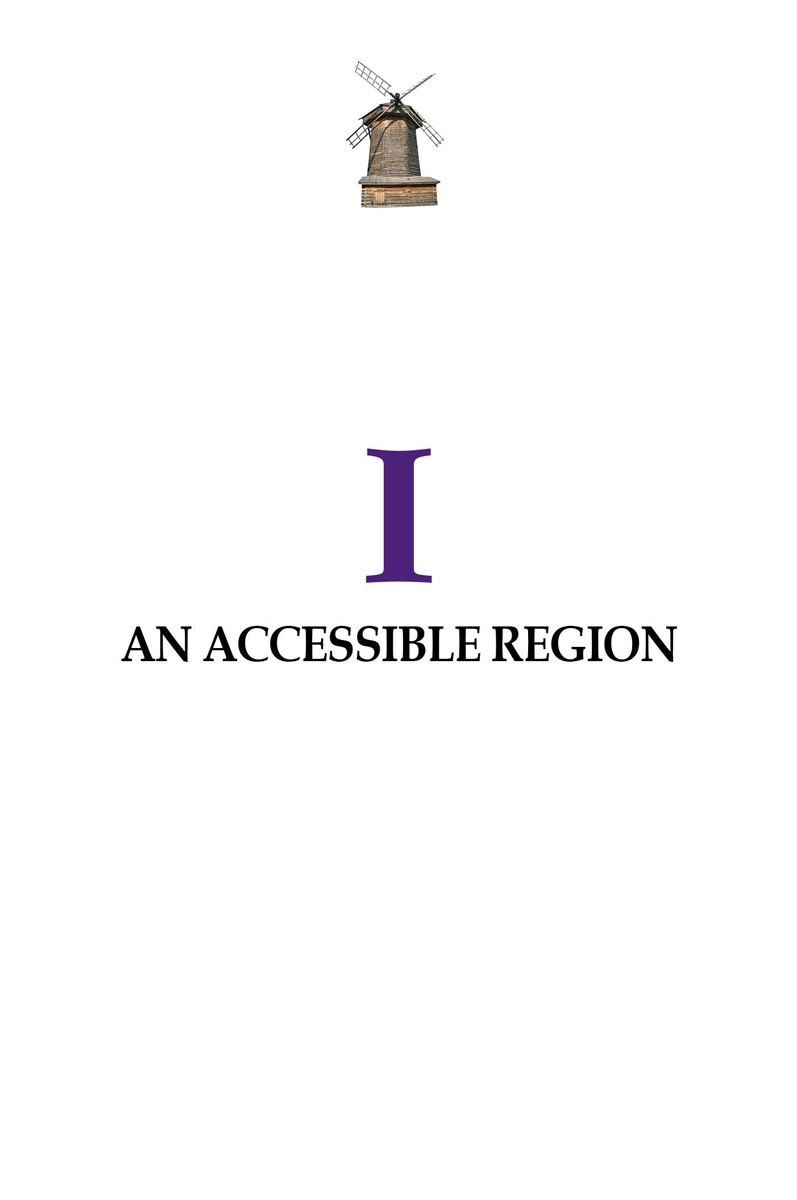
The Low Countries - Belgium, Luxembourg, and the Netherlands - form on a map of Europe a small, unimpressive area, set on the corner of the Continent where the English Channel funnels out into the North Sea. For the most part made up of low-lying land, they have no natural frontiers except the coastline, no exceptional natural features other than rivers, and the rivers are numerous, creating where they meet the sea a sprawling delta, whose islands look from above like the stubby fingers of a farmers outspread hand. In the northeast, the land that is now the Dutch province of Groningen runs with little variation of landscape into northwestern Germany. In the southwest, there are no great dissimilarities between country that is Belgium on one side of a national boundary and France on the other. There is little to make a stranger pause or give him reason to believe that he is entering another country.
This accessibility of the region from land or sea has been important for thousands of years - an advantage for those going there to fight, trade, or settle, but a disadvantage at times for those people who were already living in the region. The Low Countries have always been a natural crossroads, where people have come together or come into collision with one another. The theme is constant and contrary throughout the centuries of Low Countries history - collaboration and competition , with both centripetal and centrifugal forces struggling for preeminence. And perhaps the theme is to be detected in prehistory as well. The distinguished Belgian archeologist Siegfried Jan de Laet notes that while the unity of the region has always been particularly evident to foreigners, the natives of the Low Countries have never failed to be aware of their own differences.
The first Netherlanders of whom there is some knowledge were by no means as fixed to the spot as later inhabitants. After the last ice age, tundra covered the region, and the nomads who roamed it were reindeer hunters, tattooed users of antler and bone tools, harpooners, occasional dwellers in caves who adorned themselves with necklaces made of perforated wolves teeth and shells. And as the climate warmed up, and marshes and peat bogs formed behind the new coastal dunes, there were other people - flint workers and early agriculturalists.
Some settled, for a while at least, in palisaded villages. They made pots and wove crude textiles. Dogs were domesticated. Rudimentary trade began, with stone being imported and flint exported. Their products began to have repetitive, recognizable forms so that from this distance, we can give names to the people of a certain era from the pots that have survived - for example, the Beaker people, who arrived in the Low Countries around 2000 BCE. There were others who used giant stones to make megalithic tombs for their dead - called hunebedden in Dutch - that are still seen in the sandy countryside of the province of Drenthe. In late Neolithic times , some villages along the Scheldt River (in what is now eastern Belgium) were settled and remained more or less continuously inhabited into the Christian Middle Ages. Indeed, it seems that, in Neolithic times , the Scheldt region was - judged by sparser standards than todays - quite densely populated. The rivers and the sea were perhaps already having their influence on the local peoples, along with what a later historian called the moderate and nerve-steadying climate.
In the Bronze Age , the Low Countries had few raw materials for success - no copper, tin, amber, or gold. But cattle were being bred. In some sections, the marshes dried up and were replaced by heaths and moors. The important trade routes of that era ran elsewhere, but new settlers came, such as the arrivals from England, about 14001200 BCE. The newcomers brought their own funerary practices to this land of poor farmers. They practiced urn burial; sometimes the ashes of the cremated dead were placed in pots that had been used for cooking. Together with early maritime traditions, one can discern soon enough a practice of making things go a long way and a habit of having little waste.
About 500 BCE , in the Iron Age, there were new immigrants from central Europe - Celts and Germans, who settled here and in other sections of northern Europe. Just what the ethnic differences were between these peoples, and where exactly they put down roots, historians cannot say for certain , but it seems that those who about this time invaded the regions of Namur, Hainaut, and Brabant (Belgiums heartland) were warrior folk. In their graves have been found iron swords some three - and-a-half feet long and horse trappings. Their contemporaries farther north in the Low Countries appear to have been more peaceful people.
The beginnings of historic time depend on written records - on chroniclers like Tacitus and Julius Caesar, who wrote his own account of events as he made them. In the early Roman period , the Rhine river system formed a rough division between Celtic tribes, or Gauls, living below it, and Germans living above. There are indications of a relatively spartan existence north of the rivers. In the south, an attenuated part of the European Celtic world, people possessed enameled bronze, iron fire tools, helmets, coinage, and heavy, wheeled plows and plowshares. More Celtic tribes, including those groups the Romans called the Belgae, had been pushed westward by Germanic pressure in the second century BCE. The Belgae did not, in fact , pass through present-day Belgium, but Caesar used the name of that tribe to cover all the peoples then living between the Seine and Rhine rivers. He noted that the tribes dwelling along the coast of the Low Countries just then, around BCE, were rough and uncivilized, but courageous fighters. In one battle against the Nervii, a Belgic tribe living just south of the Rhine, Caesar and six legions had a hard-fought victory: Even in their despair the enemy showed such gallantry that when their front line had fallen the next stood upon their bodies to carry on the fight, and when these, too, were struck down the survivors stood upon the heaped-up bodies and discharged their missiles as from a mound or caught and returned our javelins. We must not dismiss as futile the gallantry of men who dared cross a very wide river, climb very steep banks, attack from an unfavorable position: it was their heroism which made such difficult things easy.
Across the Rhine, in the salt meadows of the northern Low Countries, settlers of such tribes as the Frisians were already living on terpen, mounds of soil piled up to provide a refuge above sea level. More than 1,000 terpen were built between 300 BCE and CE 1100, and on them were constructed farmhouses where the living quarters for men and cattle were under the same roof (as in the farmhouses built in Friesland, in the northern Netherlands, today). These terpen , winter or flood-time places of refuge, became permanent settlements. As the threat of the sea increased, and the population rose, the terpen grew larger. One was twenty feet high and thirty-seven acres in area. There are some 180 terp villages and towns in Friesland now, and many smaller terpen with space for three or four farmhouses. The country of the Frisians soon attracted the Romans - Drusus, stepson of the emperor Augustus, led his troops there in 12 BCE. In the layers of the terpen, many pieces of Roman pottery can be found. Trade followed the legions, and no doubt remained after the legions withdrew.
The Romans brought to the Low Countries the advantages of roads, bridges, canals, and dikes, forts to protect them, and villas for the ruling class . They introduced in the southern Low Countries below the Rhine (where the courage of the tribes or the wetness of the north soon caused them to reserve their strength) new methods of cultivation, government, buildings, and commerce. Recent archeological discoveries in the East Scheldt suggest a flourishing culture. From the estuary bed have been recovered many votive altars to a local goddess with the Romanized German name of Nehalennia. (In the altars, the goddess sits in a high-backed chair, generally with a dog on one side, a basket of fruit on the other. Nautical symbols indicate that she was also a protectress of seafarers.) The altars are often inscribed with the names and occupations of the donors, revealing the existence of well-to-do merchants who traded in pottery, fish sauce, wine, and salt. Some had Celtic names; some had thoroughly Romanized names; some were citizens of Trier and Cologne; one was a shipowner, originally a Gaul from northeastern France , who traded with Britain.
Font size:
Interval:
Bookmark:
Similar books «The Low Countries: A History»
Look at similar books to The Low Countries: A History. We have selected literature similar in name and meaning in the hope of providing readers with more options to find new, interesting, not yet read works.
Discussion, reviews of the book The Low Countries: A History and just readers' own opinions. Leave your comments, write what you think about the work, its meaning or the main characters. Specify what exactly you liked and what you didn't like, and why you think so.

